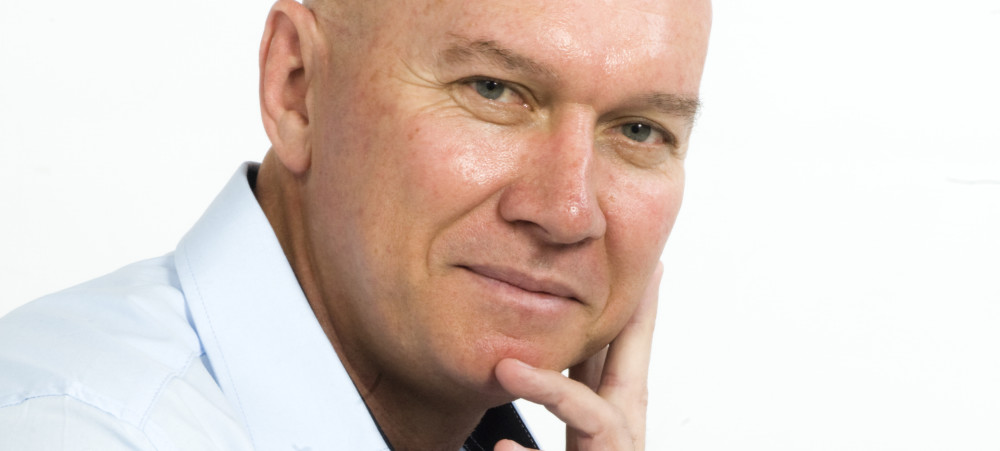Looking through the rearview mirror at the stellar performance of the world stock markets over the past 4 years as they have soared into the stratosphere, one stands in bewilderment as to how they got anywhere near these heights. Furthermore, one wonders how much further investors can convince themselves that there are more reasons to push the records to new highs. All it takes is a smidgeon of positive news in the US to find justification to take the indexes across the globe to new dizzy heights.
Drastic times call for drastic measures.
The devastating crash of 2008 needed drastic invention on an unprecedented global scale to avert the worst global depression in economic history. Governments scrambled to create concerted plans to pour money into their systems. This was achieved through borrowing money and sharply dropping interest rates to create liquidity.
Banks sustained their low-interest rates to save their economies. They also committed to the desperate monetary policy of quantitative easing for as long as necessary in the hope that their economies would recover.
Risk on!
The interventions created a safety net for investors which enticed them into the markets taking on much higher levels of risk in the face of the uncertainty of where the economies would end up. It didn’t seem to matter as investors drove the indexes to record highs in the knowledge that banks effectively provided a put option for them.
Where are we now?
Commentators will have you believe that there is no connection between the markets and fundamentals. Well then, “why buy a share”? Fundamentally, a share is bought with the expectation that the company will make a profit in the future which in turn will pay a dividend as a return to the investor. If the company performs consistently the share price will rise. How can companies make profits in economies that are weak and fragile? The current prices of some shares both on the JSE and global markets leave one bewildered over how returns will ever be realised.
With six years of drastic intervention, the world finds itself deeper in debt with low forecasts for growth and employment. Yet the markets continue to find reasons to pay more for expensive shares.
Where are we heading?
Economics 101 warns that intervention creates cracks in and flaws in economies. What will the drastic and sustained intervention over the past six years create for the globe? We have never been through this in our economic history so we have to wait patiently to see how things play out.
If you lose 50% of your capital you need 100% to get it back. The risk of the capital loss is high at the current stock market levels. This has been the case year after year since 2010 in the face of weak fundamentals.
Is this another year of spectacular returns? How much further can investors push the price of expensive shares? How much longer can banks sustain their debt levels in the hope of growth?
Markets do not like surprises and all it could take is an unexpected event to bring everything down in a heap. Coming from a dizzy height the fall could be steep paying the price for speculating rather than making sound and rational investment decisions based on fundamentals. The risk is now higher than ever…
